
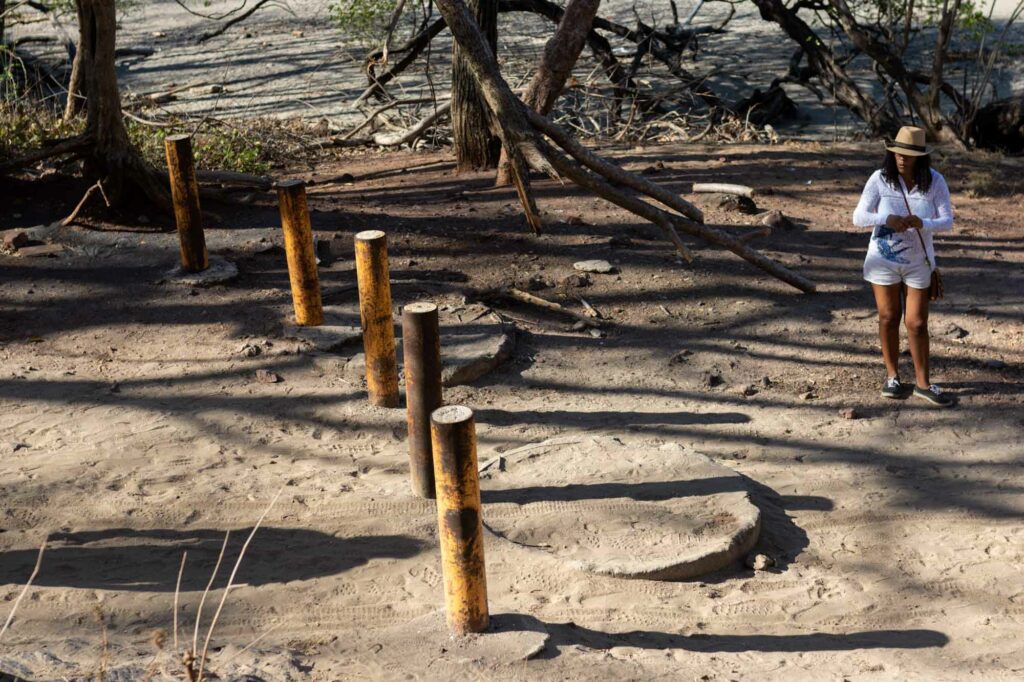
Brasilito, the town next to Conchal that refuses to disappear
As if it were a little stamp placed by mistake in a luxury tourism catalog, Brasilito, a coastal community in the canton of Santa Cruz, is located in the Cabo Velas district. It’s a fishing village where about 1,500 people live.
Brasilito is a typical rural town, except that it’s right in between two important tourist development points: Conchal Beach and Flamingo Beach.
“It’s in the middle, like it’s closed in,” says Sharon Urbina, who has always lived there with her family, right next to the ocean.
Sharon leaves her house in the Los Angeles neighborhood, in the Maritime Land Zone, and guides us to the place where metal posts placed in 2018 prevent vehicles from passing.
On the other side of those posts is Conchal Beach and there, the Reserva Conchal, a hotel complex and residences for tourists where the price for one night in a room “with spectacular views of the ocean” can cost around half a million colones ($900 USD). It’s a mixed wildlife refuge area (with one part in private hands and the State in charge of another part).
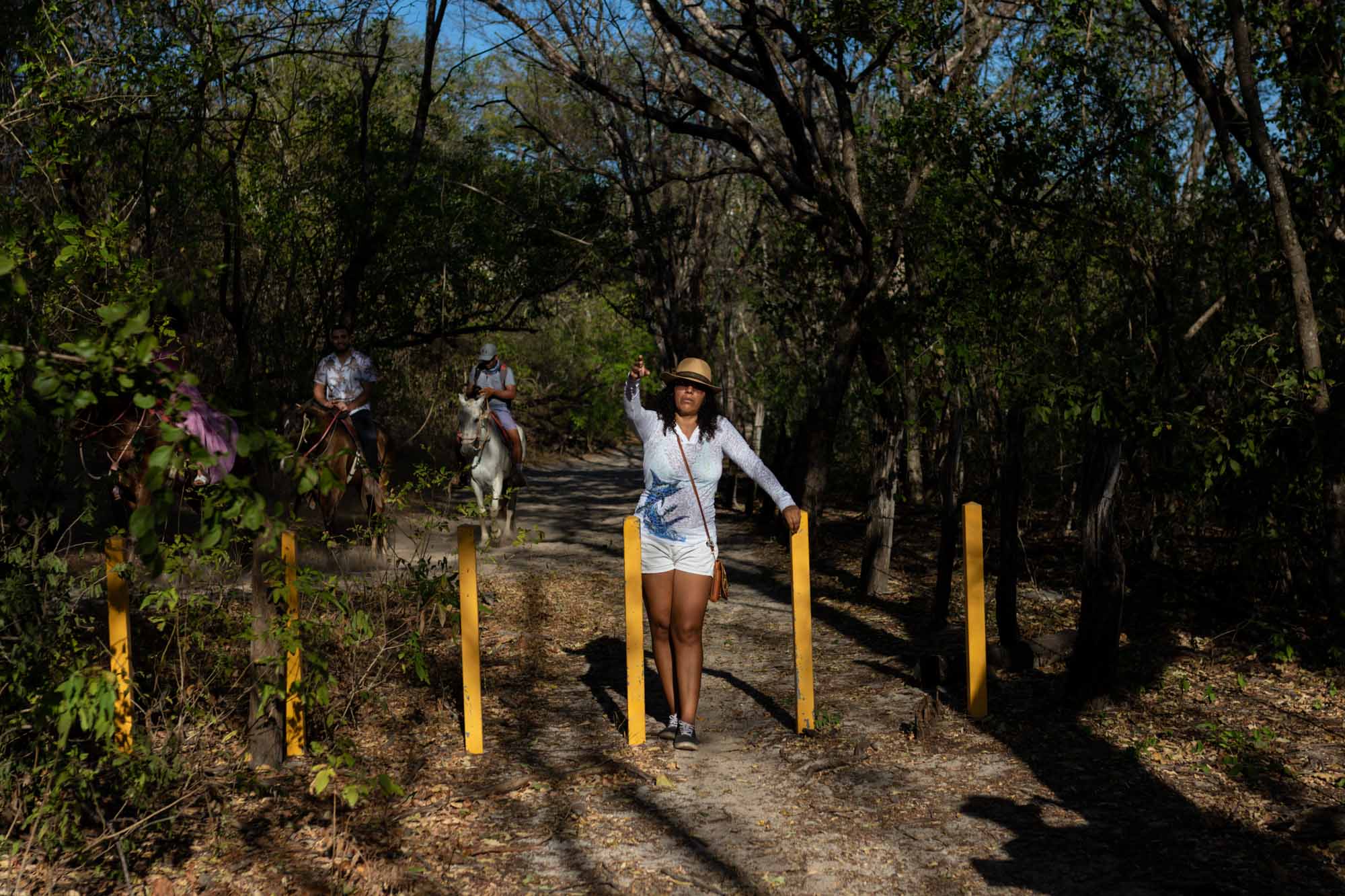
Since those metal tubes were installed, there are two possibilities to get to Conchal Beach: stay at the luxury hotel or take a long walk over uneven terrain.
Sharon is smiley and talkative. A born ecologist. An entrepreneur and an arts and crafts vendor at fairs. A fisherwoman.
She walks familiarly along the beach that is, in a way, like the corridor of her house. Raised in a traditional fishing village, she’s always alert to the ocean. At any time, there may be signs of the arrival of horse mackerel, fish with white bellies. If they show up, the whole town will rush to the shore, she tells us.
When the sardines are many, the horse mackerels attack them with headbutts. While the fish are busy eating the sardines, people take advantage of it to cast lures and catch them,” Sharon explains as if it were perfectly natural.
Between the inclement wind, the sound of tennis shoes stepping on millions of shells, and music in the background coming from a nearby bar, we can barely hear each other.
We reach the site where, five years ago, the community protested against the placement of the metal poles, but which later received court support. Sharon clarifies that she is in favor of preventing cars from going on the beach and prohibiting pollution, but she’s concerned about access for the elderly or emergency care for swimmers who are at that beach but aren’t staying at the hotel.
In addition, she says, it’s hard for her to understand that on the one hand, there’s talk of protecting the environment by avoiding the passage of vehicles, but on the other hand, construction takes place among mangroves and the buildings are being spread out more and more. Sharon tells us this as we continue walking along the white-sand beach where street vendors set up their canopies for shade and foreign tourists staying at the luxury resort look at us.
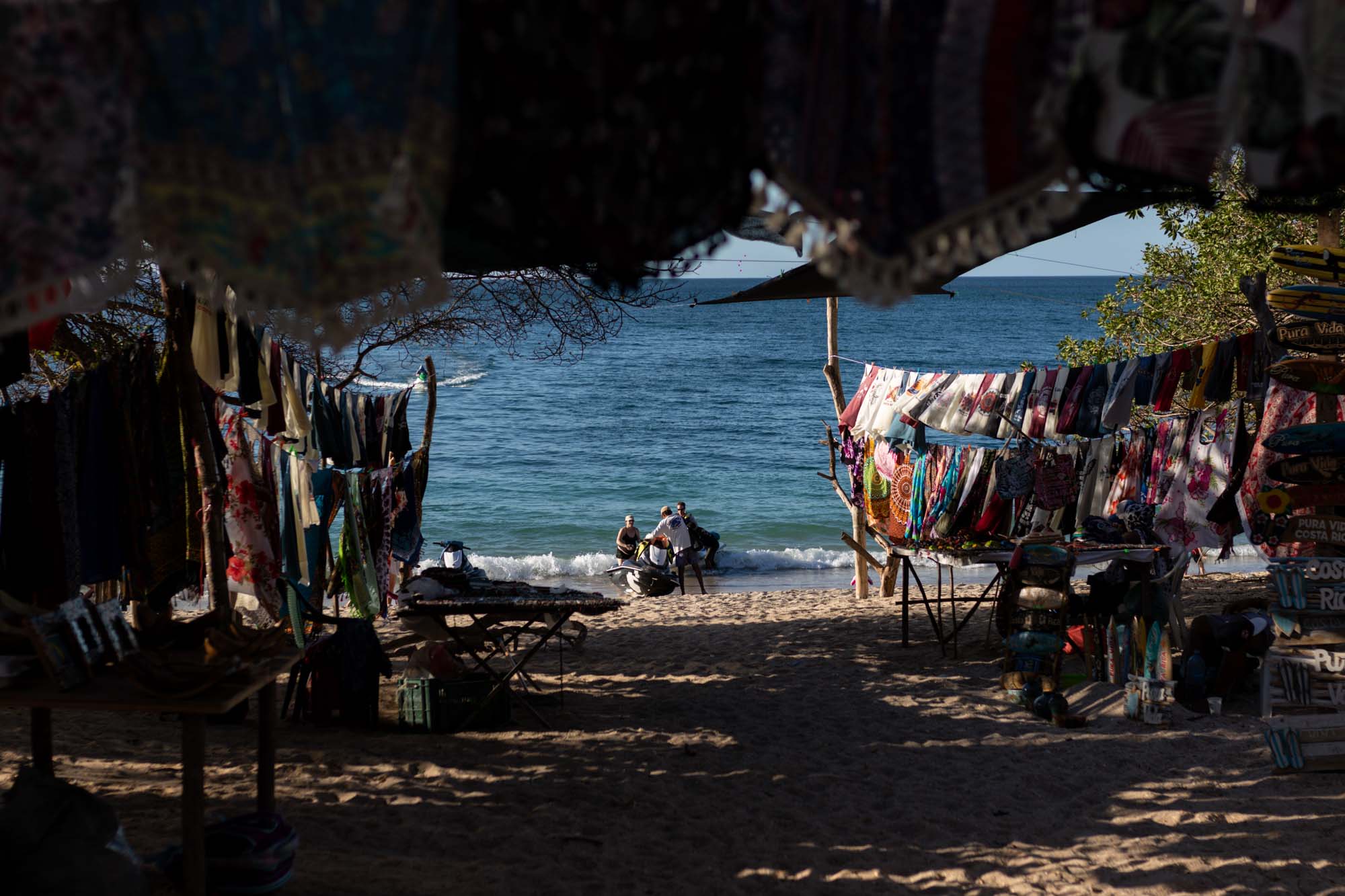
Advertising online, the W Costa Rica-Reserva Conchal hotel is promoted as a “modern oasis, hidden among the mangroves of Guanacaste.” To protect this type of ecosystem, legislation mandates that a distance of at least 20 meters back from the mangrove swamp be maintained.
Sharon says that years ago, several families, including hers, had their houses closer to the ocean. However, in around the 1990s, the municipality evicted them for being in the public area. They were promised a relocation that never came and the town settled a few meters farther in, always in the Maritime Land Zone.
Pressures for the town to disappear have almost never abated, says Sharon. Although she acknowledges that now they are less aggressive than 20 or 30 years ago, when there was a group of Spanish investors that marginalized the community, according to her story. To her, it’s evident that there are still interests to concession that area to tourism projects. “It’s being between what’s supposed to be development and being a town that shouldn’t be here,” she remarks.
But Brasilito is a community of resistance, she insists.
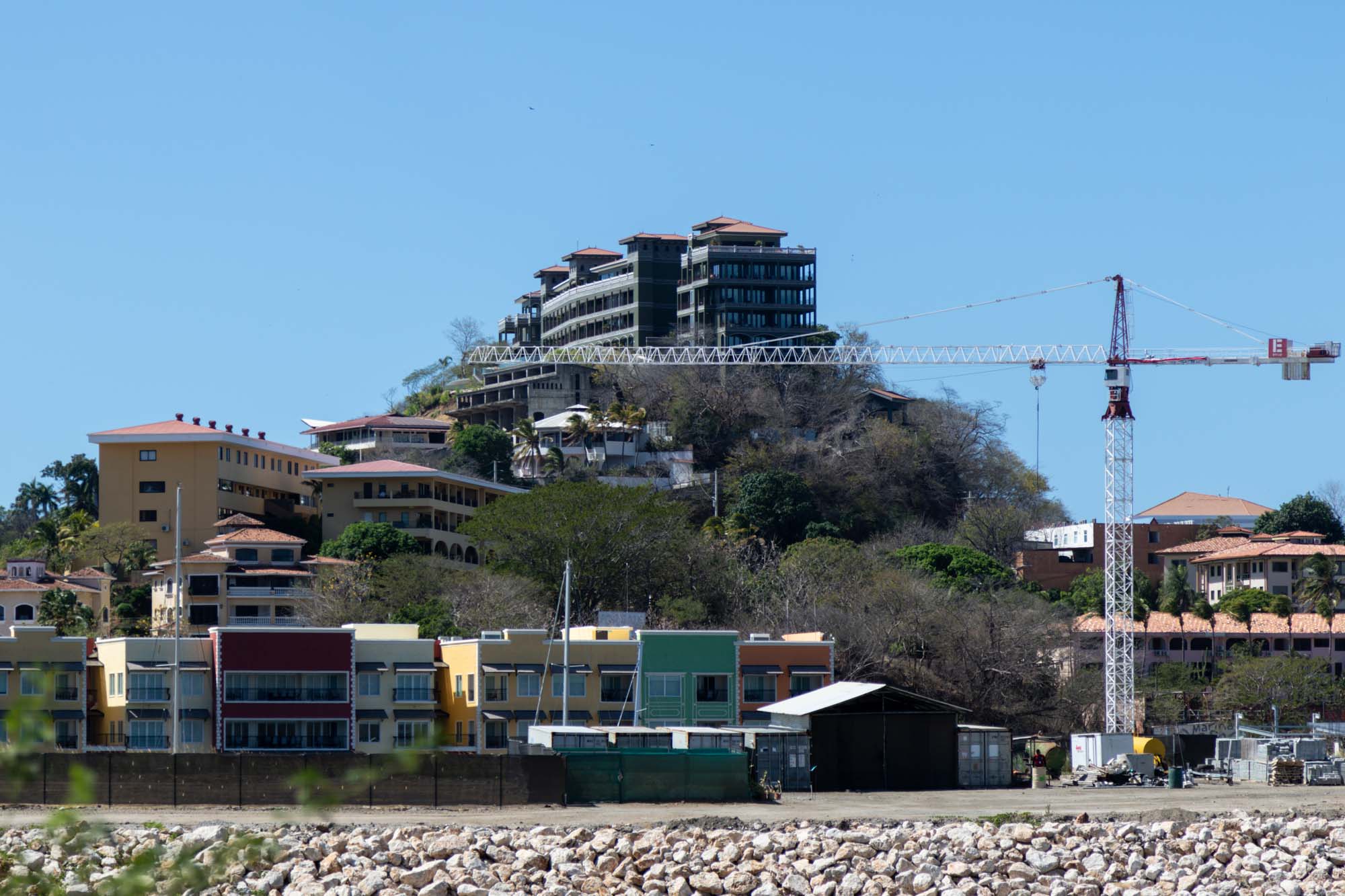
Some of these pressures are overlapping, according to her criteria: relocate the Ebáis cilnic, remove the police, not help build the school. Making it more difficult for the community to survive as it faces ever higher prices.
Large tracts of land are in the hands of a few and they charge exorbitant prices of thousands of dollars that a local person doesn’t have. Or rent a small room that’s 7×6 meters (23×20 in feet), which costs ₡150,000 (about $275),” Sharon complains.
The pressures don’t have a single point of origin, according to her perception. She describes it more as a kind of machinery with elements that move towards the same goal. “First, the country’s policies; then those who want to invest and then those who regulate the law at the local level, which would be the municipality. It’s a combination of things that put that pressure on the communities,” she asserts.
The Voice of Guanacaste tried to talk with the mayor of Santa Cruz, Jorge Arturo Alfaro, about the impact of tourism and real estate development in communities like Brasilito and others in that canton. However, through his secretary, he indicated that he had a tight schedule and declined an interview. He also claimed that he had to respond to an injunction filed by this media outlet for failure to provide public information.
Sharon reiterates an idea so that it is clear in this publication: It’s not that she’s against development that can create job opportunities and better living conditions for the population.
“The problem is when they come up with dictatorial ideas, or large areas of forest are razed, large areas of nature and mangroves are deforested, when pressure is exerted on water resources. We’ve seen that. We were drinking salt water! There’s no water, it has to be managed, and the water for swimming pools or golf courses is a huge impact. Or when pressure is exerted through political means for people to leave, when they affect the name of the community by saying that they’re bad people or they close accesses that were for the enjoyment of all.”
Sharon’s list is detailed, studied, analyzed throughout her life as a resident of Brasilito, a community that refuses to disappear.
Credits
Journalist: Hulda Miranda
Photography: César Arroyo Castro
Editing: María Fernanda Cruz and Noelia Esquivel Solano
Design: Roberto Cruz
Audience coordinator: Rubén F. Román
Translator: Arianna Hernández


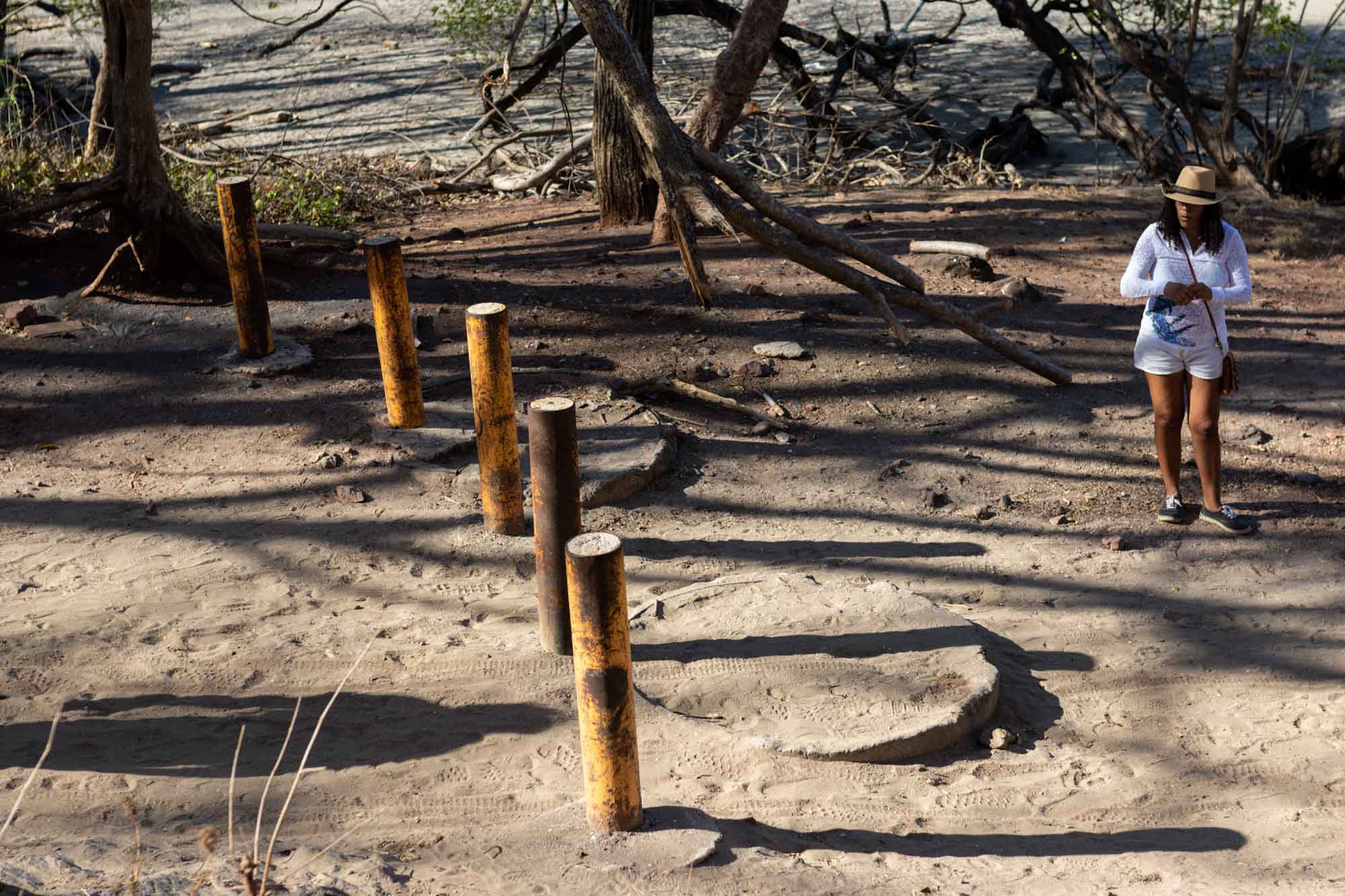
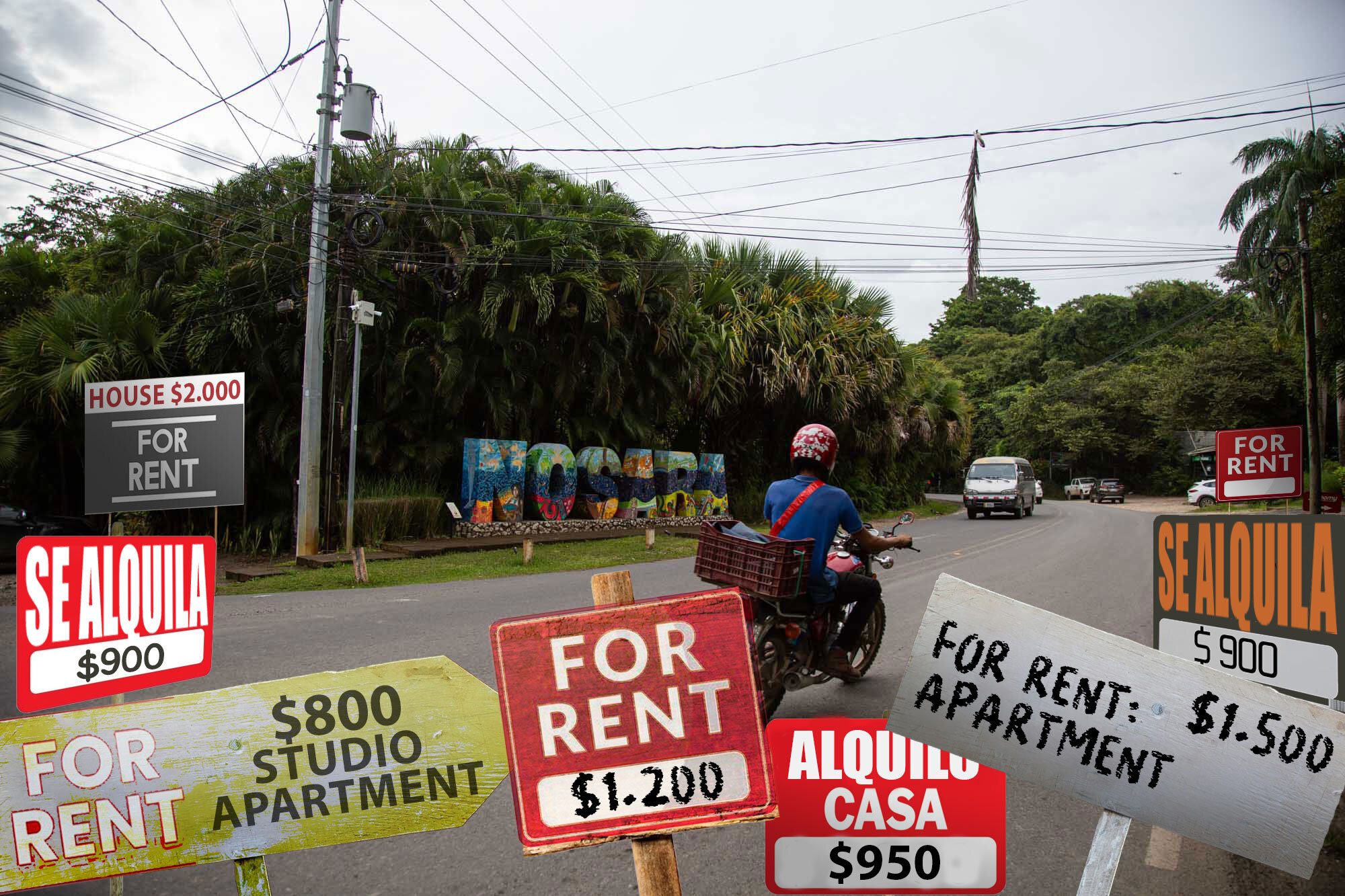
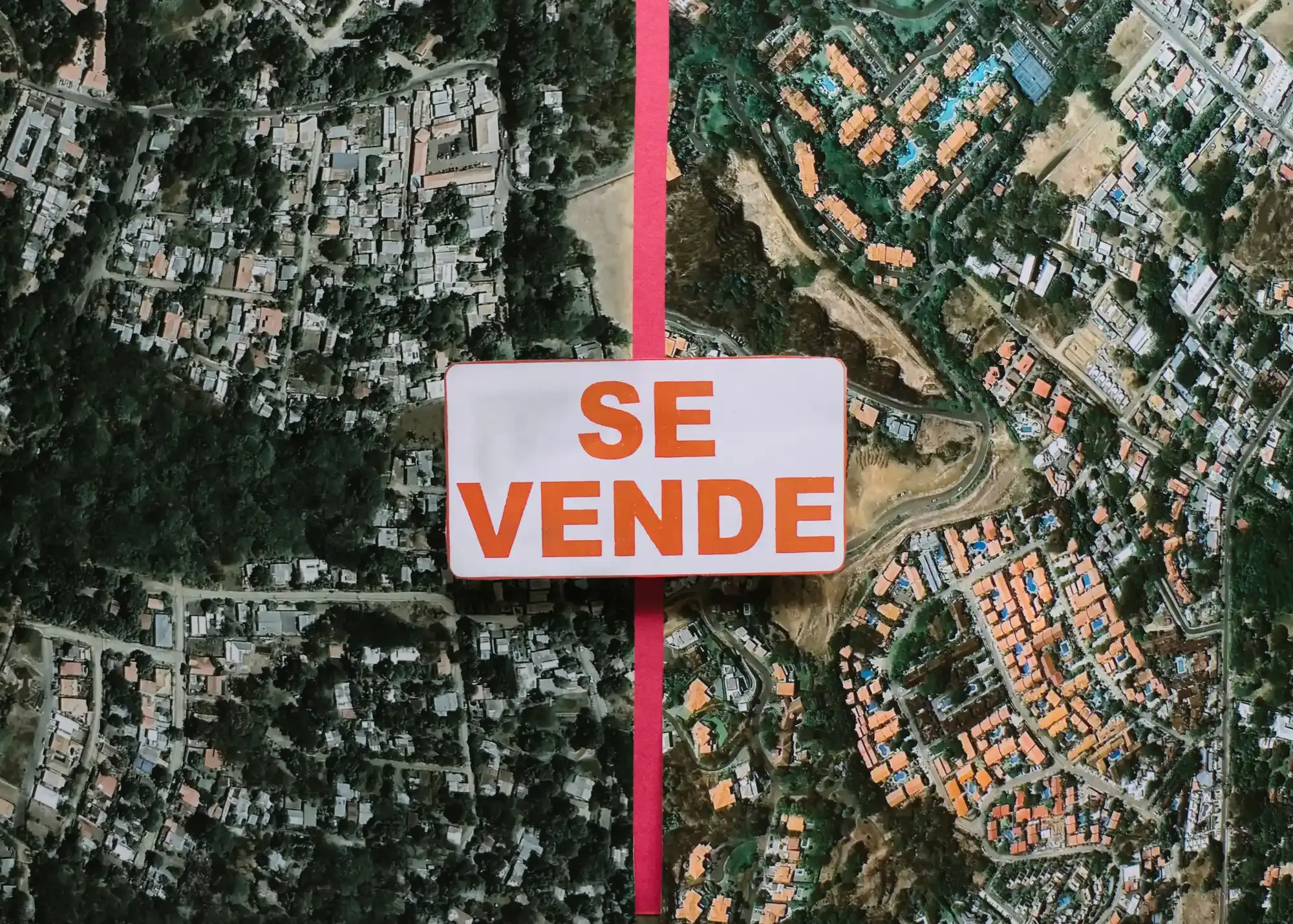
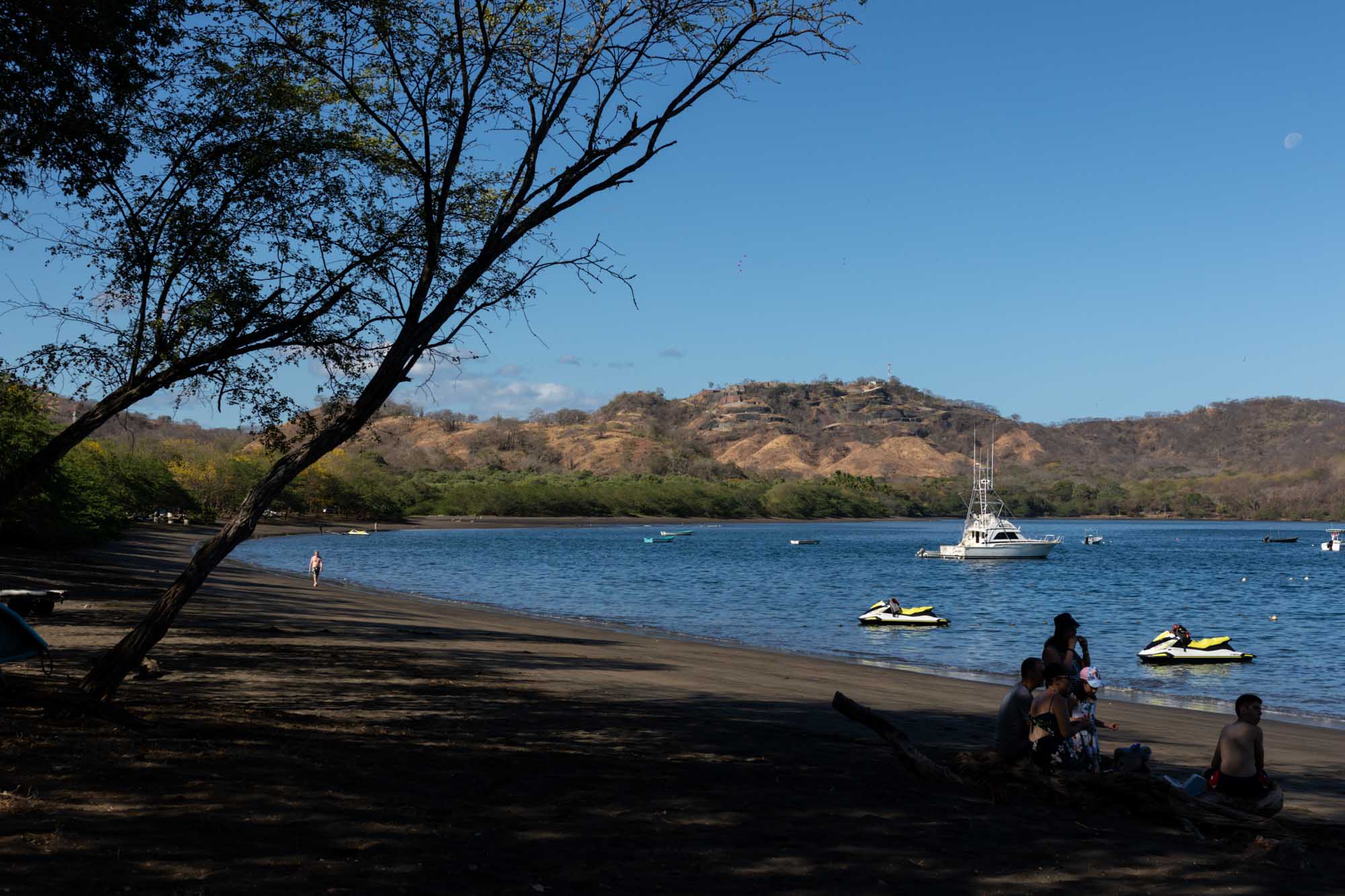
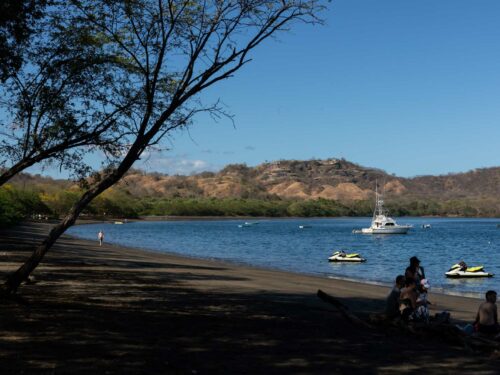



Comments